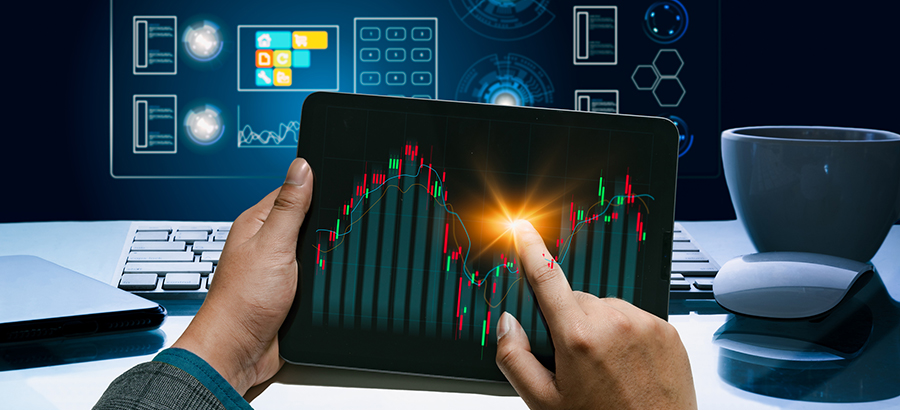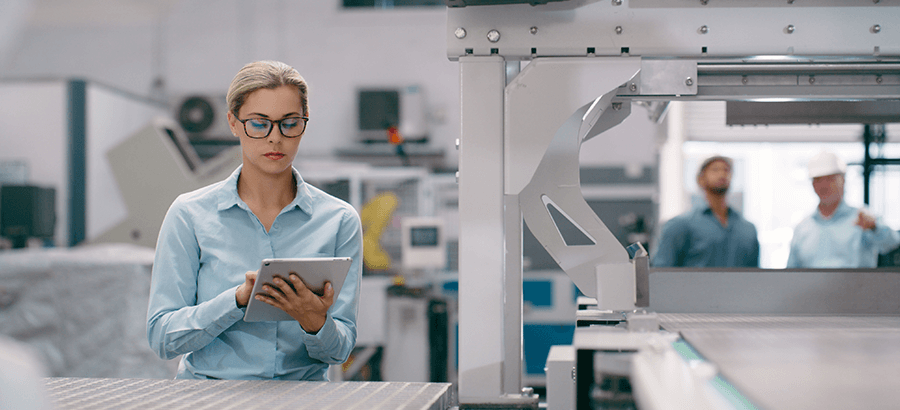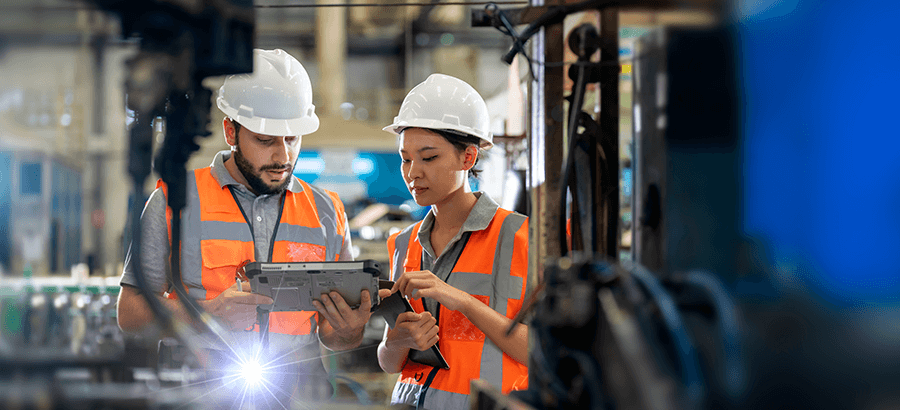Niels Bohr, the Nobel laureate in Physics and father of the atomic model, is quoted as saying “prediction is very difficult, especially about the future”. But if you are doing business, you need to be able to estimate the future. You don’t just make it up on a daily basis. Forecasting gives companies a better chance of getting things right. So here are predictions of where ERP is going, with help from some analysts. Hopefully, it will give you an idea how to plan for your organization.
New forces driving business
In 2020, organizations faced a set of new business drivers that many had never experienced before.
Digital acceptance
The pandemic was a wake-up call for many businesses. For digital resisters – organizations without a digital presence in cloud, collaboration and communication technologies – there were epic failures. It did not take long for business leaders to see the link between technology and business operations. And that an enterprise’s future revenue depended upon the responsiveness, scalability, and resiliency of its infrastructure, applications, and data resources.
Digital resilience and agility
Andy Grove, the ex-CEO of Intel, said “Bad companies are destroyed by crisis, good companies survive them, great companies are improved by them.” That sums up how businesses handled the pandemic – some were fragile, others were resilient, and a few were what Nassim Nicholas Taleb called ‘antifragile’. The resilient organizations adapted to the disruption by using digital capabilities to restore operations. The antifragile ones used technology to get better; technology helped them to benefit from the stresses.
Agility is the ability to react quickly and effectively in times of change. Businesses that demonstrated agility were able to quickly realign processes and people to meet organizational requirements.
Digital transformation
Digital transformation was a phrase much used but seldom applied until 2020. It means applying new technologies to radically change processes, customer experience, and value. As the pandemic grew, Microsoft CEO Satya Nadella commented “We’ve seen two years’ worth of digital transformation in two months.”
New competitive threats
In his five forces model, Michael Porter highlighted the competitive threats of new entrants and substitution. Companies in various industries are beginning to find ‘digital natives’ emerging. These competitors didn’t exist three years ago and have a technology-based business model that allows them to offer new products and services that incumbents cannot match.
ERP helping to redefine business
All analysts agree that ERP systems must also move to support business in the new normal post-COVID. One main area is using the Internet cloud. Originally, the value proposition of the cloud was “faster, cheaper, easier”, but this is changing to businesses seeing cloud ERP as an on-ramp to new technologies and business models.
Business platform
Platforms are the underlying set of technologies upon which systems are built. They are synonymous with a cloud infrastructure that ensures the systems are available, scalable, and secure. Cloud-based ERP platforms offer everything needed to build and deliver applications and business functions that are innovative, agile and resilient. An ERP platform provides a data hub to manage data, and an intelligent core to bridge business and functional silos. According to TEC: “We will see ERP vendors continue to expand on and push the value of their platforms in 2021. Determining the best way to leverage these increasingly powerful platforms will perhaps be one of the more significant decisions that many CIOs will need to make in 2021.”
Connected enterprise
It took a global pandemic for organizations, in fact, everyone, to realize that connectedness is critical. Future ERP systems will provide the capability to connect and integrate across systems, enabling an enterprise to bring people together, internally and externally, to engage, share and transact. These connected services are key to providing frictionless movement of information between systems, operations and people. In the business application area, this now includes cloud, mobile and edge applications. In fact, IDC predicts that by 2023 over 80% in some industries will be digitally dependent – creating a massive increase in the data flow across and between organizations within industry sectors.
Flexible reporting and analytics
The technology of machine learning and other forms of artificial intelligence will increasingly be used in reporting and analytics. Using AI to process huge volumes of data will surface issues in operational data that humans could not identify. It will also be able to reveal value-added insights that make reporting and performance monitoring easier.
Enabling digital initiatives
It is expected that cloud-based ERP systems will become predominant in the next few years. Beyond that, a new digital initiative will be integrating edge computing, such as the Internet of Things (IoT). IDC predicts that by 2023, over 50% of new enterprise IT infrastructure deployed will be at the edge. Other initiatives will include distributed ledgers (e.g., blockchain) and hyper-automation in which artificial intelligence (AI) and machine learning will be used to increasingly automate processes and augment human requirements.
Skilled staff
Although not an ERP capability as such, organizations are discovering that the skills that are, and will be, needed to make their ERP systems work properly are in short supply. ERP solutions will therefore need to include modern learning and skills development systems so businesses can help their workforces develop new skills to support new digital business models.
Remote work
One of the trends Gartner mentions that apply to business software is location independence. This is an IT operating model that allows ‘work from anywhere’ for customers and employees. Software used to be talked about as ‘cloud first’, now it’s ‘remote first.’
Where ERP is going
ERP systems are moving from ‘Built to Last’ to ‘Built to Change’, in Gartner’s words. This will require that they enable better access to information, can improve information with new insights, and can change and respond more quickly as decisions are made.







